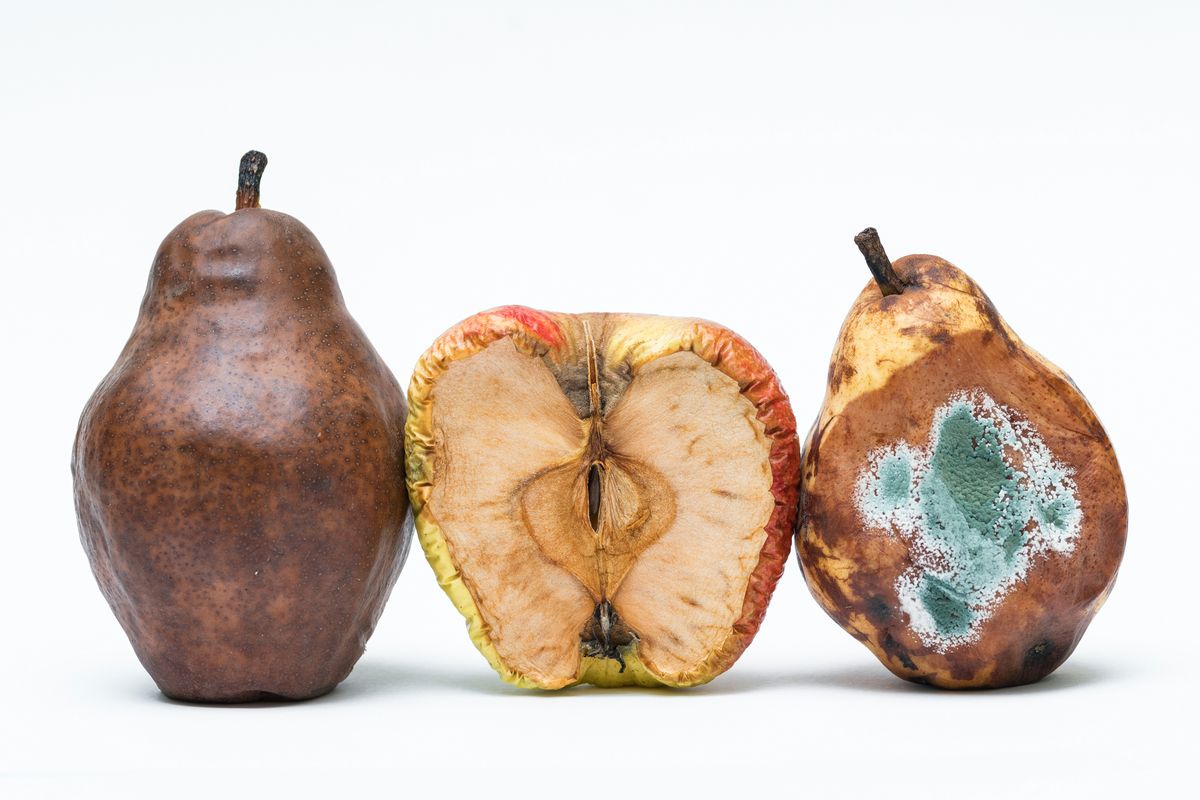- Joined
- Feb 26, 2019
- Messages
- 12,449
- Points
- 113
This Viral Quiz Measures Your Level of Food Disgust. Learn the Science Behind It
www.popularmechanics.com

Social media has been buzzing with commentary after a popular test began circulating online that purports to measure food disgust. Disgust is a very large but not well-explored area of study, from human evolution to cultural familiarity and all points in between. And while no single, short metric can encompass all of its facets, the test has sparked discussion across the internet as people compare notes on what they think is gross or not.
The Food Disgust Test is hosted on a site called IDRlabs, short for Individual Differences Research. But it’s still a regular website, not a medical or scientific site—it’s ad-funded and explicitly says on the page that the test is not a medical metric. That means the test is just for fun (the site also hosts other tests like “Which Breaking Bad Character Are You?”), but it’s at least modeled on a real set of criteria outlined by food scientists.
Christina Hartmann, Ph.D., and Michael Siegrist, Ph.D., are both professors and researchers with the Consumer Behavior Group at ETH Zurich, or the Swiss Federal Institute of Technology in Zurich. “Our group’s aim is to enhance understanding of individual and organizational decision-making under conditions of uncertainty,” the group’s website explains.
In a 2017 paper cited by the IDRlabs quiz, Hartmann and Siegrist explain their motivation in devising a “food disgust scale” (FDS):
One issue that came up for me while taking the test is that disgust is very contextual and cultural at times. This, the researchers explain, is moral disgust rather than more visceral or evolutionary disgust. If you saw a prepared food on a plate and didn’t know that it was some kind of meat you believe is culturally or religiously taboo, you wouldn’t be likely to see and experience physical disgust cues like bad smells or textures. The disgust starts in your thinking brain, not your animal instincts.
The researchers carefully note in the paper that moral disgust is outside the mandate of the FDS. That makes sense in terms of sensitivity to the world’s many cultures and religions, but it also makes scientific sense. A measurement where maybe 25 percent believe something is taboo because of their upbringing arguably is a measure of upbringing rather than disgust. The researchers express that their aim is to study disgust as “universally” as possible.
Here are the sub-scales, or types of disgust, that the researchers did choose to amalgamate into the FDS:
Disgust is an evolutionary behavior that has protected humans and other animals for millions of years. When you see your results from the Food Disgust Test, use them to increase your understanding and compassion of the disgust feelings that other people have, for whom disgust is no less involuntary than it is for you. And for groups like children, older adults, and people with sensory issues, working with them instead of against their disgust could help avoid a variety of health complications that never needed to happen.

CAROLINE DELBERT
Caroline Delbert is a writer, avid reader, and contributing editor at Pop Mech. She's also an enthusiast of just about everything. Her favorite topics include nuclear energy, cosmology, math of everyday things, and the philosophy of it all.
www.popularmechanics.com

- A popular online quiz measures multiple areas of food disgust.
- Some disgust is evolutionary in origin, but in extreme cases, addressing it requires compassion.
- The research paper that inspired the quiz lays a foundation for measuring food disgust in research.
Social media has been buzzing with commentary after a popular test began circulating online that purports to measure food disgust. Disgust is a very large but not well-explored area of study, from human evolution to cultural familiarity and all points in between. And while no single, short metric can encompass all of its facets, the test has sparked discussion across the internet as people compare notes on what they think is gross or not.
The Food Disgust Test is hosted on a site called IDRlabs, short for Individual Differences Research. But it’s still a regular website, not a medical or scientific site—it’s ad-funded and explicitly says on the page that the test is not a medical metric. That means the test is just for fun (the site also hosts other tests like “Which Breaking Bad Character Are You?”), but it’s at least modeled on a real set of criteria outlined by food scientists.
Christina Hartmann, Ph.D., and Michael Siegrist, Ph.D., are both professors and researchers with the Consumer Behavior Group at ETH Zurich, or the Swiss Federal Institute of Technology in Zurich. “Our group’s aim is to enhance understanding of individual and organizational decision-making under conditions of uncertainty,” the group’s website explains.
In a 2017 paper cited by the IDRlabs quiz, Hartmann and Siegrist explain their motivation in devising a “food disgust scale” (FDS):
The paper summarizes the overall conclusions of research on food disgust to date. Evolutionary scientists believe disgust is a favored quality over the generations, because choosing not to eat food that smells or looks or feels a certain way can “prevent the ingestion of potentially noxious and/or pathogen-laden substances.”“The function of disgust as a pathogen avoidance promoter in the food domain is not well understood. One problem is that no food-specific disgust scale is available. Thus, we developed and validated the Food Disgust Scale (FDS) through a series of five studies. The FDS is a self-report measure that enables the assessment of an individual’s emotional disposition to react with disgust to certain food-related (offensive) stimuli.”
One issue that came up for me while taking the test is that disgust is very contextual and cultural at times. This, the researchers explain, is moral disgust rather than more visceral or evolutionary disgust. If you saw a prepared food on a plate and didn’t know that it was some kind of meat you believe is culturally or religiously taboo, you wouldn’t be likely to see and experience physical disgust cues like bad smells or textures. The disgust starts in your thinking brain, not your animal instincts.
The researchers carefully note in the paper that moral disgust is outside the mandate of the FDS. That makes sense in terms of sensitivity to the world’s many cultures and religions, but it also makes scientific sense. A measurement where maybe 25 percent believe something is taboo because of their upbringing arguably is a measure of upbringing rather than disgust. The researchers express that their aim is to study disgust as “universally” as possible.
Here are the sub-scales, or types of disgust, that the researchers did choose to amalgamate into the FDS:
- Animal flesh
- Poor hygiene
- Human contamination
- Mold
- Decaying fruit
- Fish
- Decaying vegetables
- Living contaminants
Disgust is an evolutionary behavior that has protected humans and other animals for millions of years. When you see your results from the Food Disgust Test, use them to increase your understanding and compassion of the disgust feelings that other people have, for whom disgust is no less involuntary than it is for you. And for groups like children, older adults, and people with sensory issues, working with them instead of against their disgust could help avoid a variety of health complications that never needed to happen.

CAROLINE DELBERT
Caroline Delbert is a writer, avid reader, and contributing editor at Pop Mech. She's also an enthusiast of just about everything. Her favorite topics include nuclear energy, cosmology, math of everyday things, and the philosophy of it all.
Last edited:
